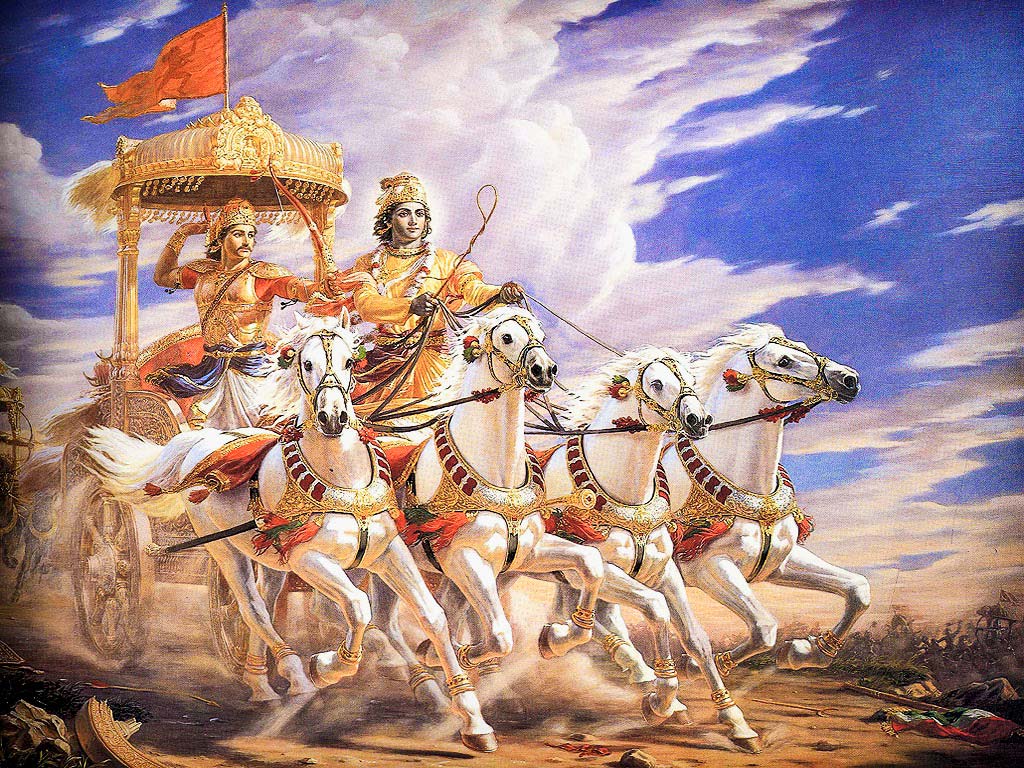My previous post about the depiction of brutality in our epics, its comparison to the ISIS cult and the violent images that have an impact on our subconscious mind created a lot of flutter on my blog. I, no doubt, was trashed by my dear friends Aziz Rawat and Gurdev Parmar who questioned the state of my mind and assumed that I was on some mind numbing drugs. They also went on to say that I had no moral authority to write such a post. Well, I would like to add that I am a self-taught student of theology, philosophy, spirituality and religion. I have read more than ten thousand books on this subject. My library is a living proof of that. I have also read the epics extensively including the Upanishads and the Vedas. Nonetheless, people who don’t know me can hold an alternate opinion. During my travels, I have extensively travelled especially to religious places around the world. I not only talked with monks, scholars, priests, rabis, sadhus and aghodis but also debated with them. I have also prayed at most religious sites known to man. Therefore, I come from that authority and my knowledge on this subject is practical and through direct experience. You all would also know that my own father was murdered brutally. So unlike most people, I have seen the true brutality in real life and not just through images, T.V, books and mass media.

Brutality is a kind of perjury, a cleansing, an act of purification as it is shown and explained in most religions. It is pious as human blood itself is pious and pure. Be it beheadings, the hacking of limbs, the drinking of blood or the smearing of it on each other’s body, it is a way of purifying the soul and purging of all evil energies that might surround us at that time. The very act of purification, whether Kali drinking blood of the demons or Durga doing the same, is the purification of dark forces which are in all of us. Be it Muharram where the followers of Prophet Ali beat themselves with knives and blades or the havoc caused by the armies of Salaudin. Pain is inflicted as a mark of sacrifice and penance. Be it an animal sacrifice or a human one, it is like an offering to the gods and depicts purification of evil and that is across most religions and also some sects. It was prevalent at the time of the Mayan civilisation and is even more relevant today.

The Sikh dharma which was born out of the need to protect through battle depicts the sacrifice of gurus who have taken on armies even while holding their severed heads in one hand and sword in the other. A show of true sacrifice for fellow man.
Be it the Crusades of Christianity or the ethnic cleansing of the Yazidis, it is on one side depicting itself as good and the other side being the evil or the dark forces. As for good to exist, evil should also exist. The brutal images of Christ hanging on the cross is an image of the ultimate sacrifice where has purged evil forces through his own blood.
Eastern religions also depict images of good vanquishing evil but the images of the myths are less violent and graphic. Buddhism and Jainism are subtler in design and enlightenment with moksha being their ultimate goal and Samsara being its ultimate price. But that too has to be obtained through sacrifice, either through rigorous chanting, abstinence of sex, fasting or seva. Although, violent images of Tibetan monks self-emulating themselves are there for all to see in the museums of Dharamsala.

Aghodis abstain from normal life living in the shamshans abstaining from any material possession so that they can be closest to god as death is the ultimate truth and they are surrounded by it at all time. Not only they live surrounded by death, they also feast on it by eating the dead which is again a sort of purging.
So next time you witness brutality in religion, give a thought to its meaning and what it is meant to convey to us mortals.
Continue Reading


